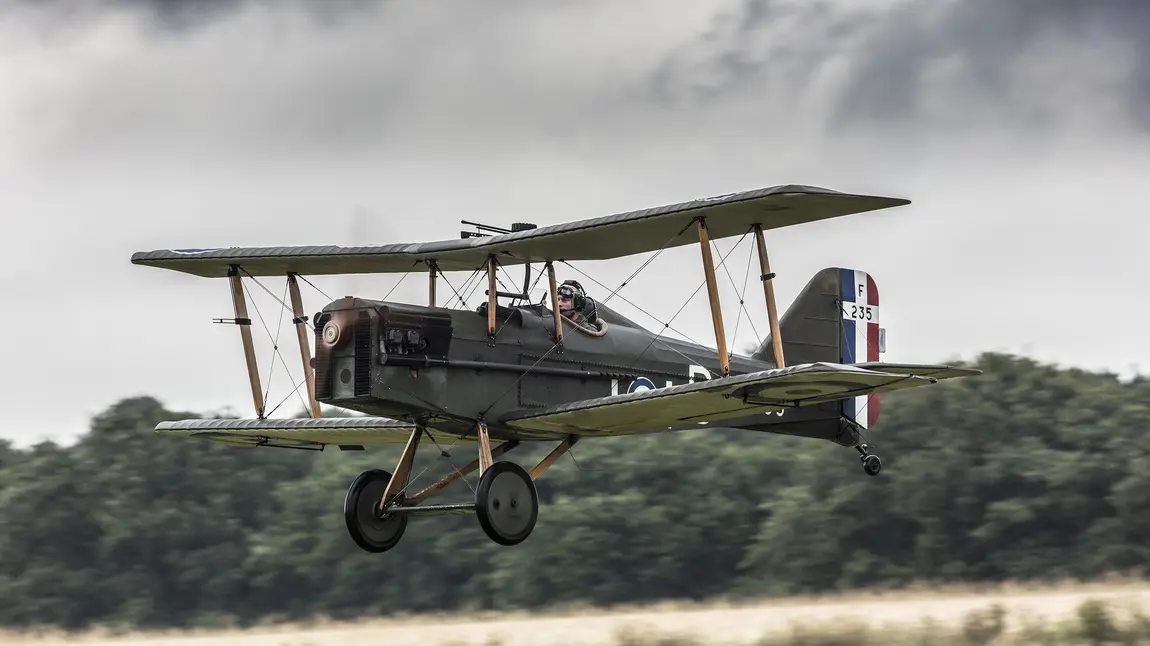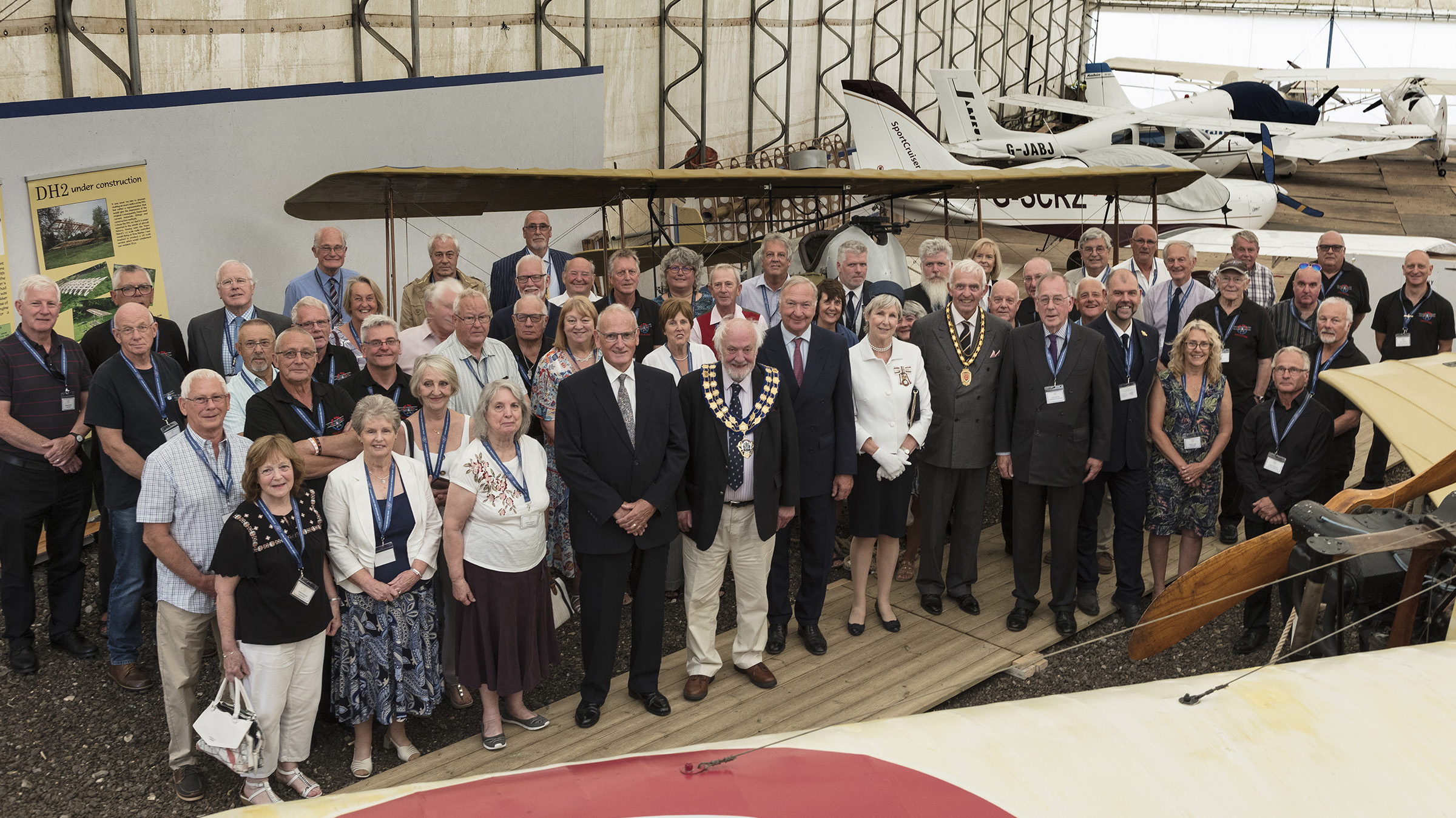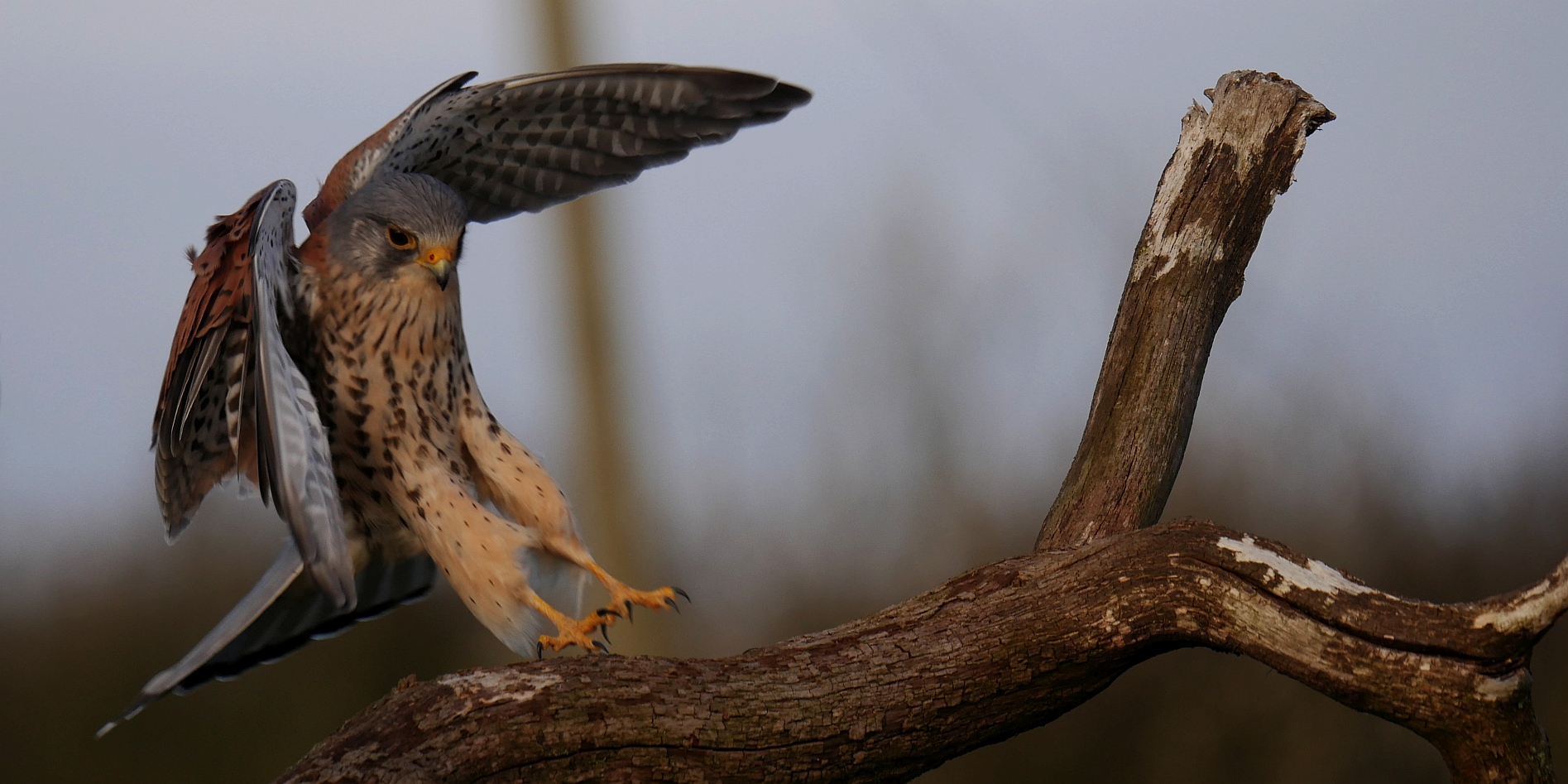Great War Aerodrome staves off ruin thanks to emergency funding

When lockdown hit, the impact on Stow Maries Great War Aerodrome, in Maldon, Essex, was severe. The 113-acre site, which includes 24 Grade II listed buildings and played a key role in the Battle for Britain (First World War), lost over 90% of its income immediately.
Ian Flint, Chief Executive of the aerodrome, explains: “It was devastating, and put us at risk of ruin. The work of over 160 active and engaged volunteers – some of whom travelled an hour or more to the site – stopped abruptly. We had to turn to our reserves to survive, with the prospect of them diminishing to zero.”

Thanks to money raised by National Lottery players, a £22,700 grant from our Heritage Emergency Fund means that they are now on the road to recovery, with a strong chance of survival.
The funding is paying for staff, maintenance and utility costs, and is enabling the aerodrome to develop a rescue plan to get them through lockdown and beyond. They are looking at the prospect of opening again in mid-August, with a popular Wings and Wheels flight event scheduled for September.
Ian Flint said: “It has been a rollercoaster few months, and we have seen our fortunes change rapidly. We are pleased that our volunteers are now starting to come back, with 14 already working safely on site and a further 60 on our waiting list. Hopefully, with support, we will get back on track in the coming months.”

The aerodrome is also a thriving wildlife site for endangered species. Its land supports declining farmland species such as brown hare, corn bunting, yellowhammer and overwintering short-eared owls. During lockdown, wildlife has benefited from the peace and quiet, and staff have been busy sharing photographs of owls, water voles, jays and squirrels on social media and even set up a live video feed of their kestrels.
The National Lottery Heritage Fund moved quickly to set up an emergency fund for heritage when the crisis started. We have been awarding new grants weekly since the start of May.
Supporting heritage during the coronavirus (COVID-19) pandemic
Have you applied for support yet?
The National Lottery Heritage Fund is committed to helping the heritage sector through this crisis.
Our £50m Heritage Emergency Fund is open for grants from £3,000–£250,000 until 12noon on 31 July.
We want to support as many organisations as we can. Submit an application before the deadline so we can help your organisation too.
Additional support includes:
- Digital Skills for Heritage: increasing sector skills and confidence to bring heritage to more people
- maintaining our financial commitment to all of our 2,500 existing projects
- help and advice from our UK-wide teams
This feature was edited on 30 June 2020 to show that Stow Marie Aerodrome played a key role in the Battle for Britain (First World War) rather than the Battle of Britain, as previously stated.

